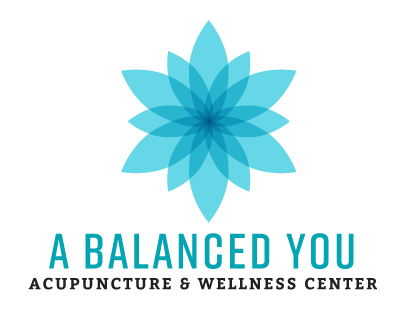Wondering if acupuncture can help with acid reflux? Learn how Traditional Chinese Medicine (TCM), massage points, and natural tips can give you real relief—without relying on medications.

Can Acupuncture Really Help Acid Reflux?
Have you ever felt a burning feeling in your chest after eating? That’s called acid reflux, and it happens when some of your stomach acid sneaks up into your food pipe (esophagus). Ouch! It can cause heartburn, burping, bloating, or even a sore throat.
Most people take medicine for it, but did you know that acupuncture, a natural treatment from Traditional Chinese Medicine (or TCM), can help too?
Let’s break it down in a super simple way.
What Does Chinese Medicine Say About Acid Reflux?
In Chinese medicine, your body is made with energy, that is called Qi (pronounced “chee”). When that energy flows smoothly, your body feels good, but when Qi gets blocked, excess or weakened —especially in your tummy area—it can lead to problems such as acid reflux.
TCM believes reflux can happen when:
- You're super stressed (this affects with your
Liver Qi),
- You’re always tired or eating junk food (Spleen Qi is weakened),
- Your stomach gets too “hot” from spicy or greasy foods.
Instead of just stopping the acid, TCM aims to fix the whole system, so your body works better on its own. We seek to find and fix the root of the issue.
How Acupuncture Helps With Reflux
Acupuncture uses tiny, thin needles on special points on your body that help to stimulate your energy to move and work better.
This can:
- Help your stomach work properly,
- Calm your nerves and reduce stress (a big cause of reflux),
Help keep acid where it belongs—inside your stomach, not in your throat!
Best Acupuncture Points for Acid Reflux
Your acupuncturist may use some of these points:
- Ren 12 (Zhongwan) - Located on the stomach. It helps your tummy to feel better.
- Stomach 36 (Zusanli) – Near your knee. Helps your digestion and gives you energy.
- Pericardium 6 (Neiguan) – Inside your wrist. Good for nausea or chest tightness.
- Liver 3 (Taichong) – On your foot. Great for calming stress.
- Spleen 6 (Sanyinjiao) – On your leg. Helps your tummy and more.
Where Should I Massage for Acid Reflux?
If you don’t have time for acupuncture, you can gently press or massage these points at home:
- Wrist area (Pericardium 6) – Rub gently in circles.
- Below your kneecap (Stomach 36) – Press for a minute or two.
- Middle of your chest (Ren 17) – Helps open up your chest and improve breathing and digestion.
These points can help calm your body down and support your belly.
What Else Can Naturally Help Acid Reflux?
Besides acupuncture and massage, here are some simple tips that work great with TCM:
Ginger tea – Soothes your tummy.
Aloe vera juice (unsweetened!) – Can cool down acid.
Licorice root tablets (DGL) – Help coat your throat and stomach.
Eat smaller meals – Don’t fill your tummy too much!
Stress less – Do deep breathing, light stretching, or meditation.
Avoid lying down immediately after meals.
So, What’s the Natural Way to Treat Acid Reflux?
If you want long-lasting relief—not just a quick fix—acupuncture plus lifestyle changes might be the best combination.
It helps your body heal itself, naturally. Many people who try acupuncture say they sleep better, eat better, and feel calmer too.
Final Thoughts
If you’re tired of the burning, stomach bloating and want to try something natural and gentle, acupuncture might be just what you need.
At A Balanced You… we look at your whole body and not just your symptoms. We believe that treating the root of the problem can help you to feel your best and give you long lasting relief.
Want to try acupuncture for acid reflux?
We’d love to help. Book a session with us today and let’s bring balance back to your belly. 💛
References:
- Chen, Y., Wang, Y., et al. (2015).
Acupuncture for Gastroesophageal Reflux Disease: A Meta-Analysis. Evidence-Based Complementary and Alternative Medicine.
- TCM World Foundation. “TCM View on Acid Reflux.” https://www.tcmworld.org
- National Institutes of Health (NIH). “Acupuncture: In Depth.” https://nccih.nih.gov










